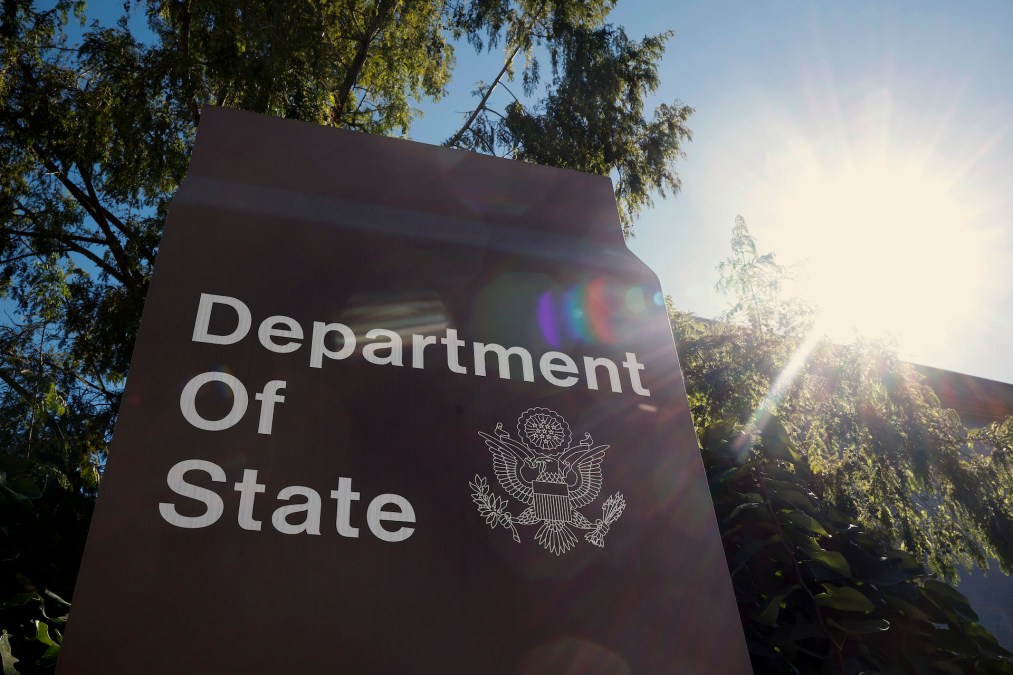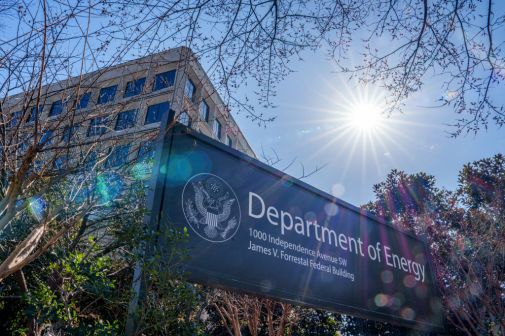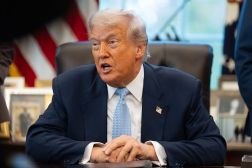Building tech capacity at State

In our current time of unprecedented technological change, the federal government requires more technical expertise than ever before. This is doubly true when it comes to the State Department, especially with China seeking to usurp America’s status as the pre-eminent global leader. Whether working to export state-controlled 5G or AI-enabled technologies or pushing global standards that benefit the CCP and Chinese tech companies, China is aggressively moving to dominate global fora and using diplomacy (among other methods) to do it. This is happening not just in one or two areas of technology, but across almost every important technology segment from AI to critical mineral supply chains.
The development and adoption of advanced technology are increasingly the stuff of national power. But unlike the military weaponry of past centuries, advanced technologies tend to be more diffuse and globally interconnected, often with private sector companies like Starlink or OpenAI creating the most advanced products that frequently have both military and civilian applications. This means that it is an imperative that the State Department has the capacity to effectively promote American technologies, exports, and values in areas like AI. It also means that it must build products for internal use that make the State Department more efficient and capable. This requires ambitious investment and reform in attracting and retaining top technical talent from across the United States.
Unfortunately, the State Department has not shown that it is up to the task when it comes to building, maintaining, and effectively utilizing technology products. There is a long history of failed and deprecated products that were once expected to be game-changers for the department, ranging from Diplopedia, an internal wiki of foreign affairs information, and Corridor, an internal social networking site, to the problem-plagued ConsularOne Modernization Program, which began in 2011.
ConsularOne, for instance, was meant to consolidate scores of consular systems into one common framework to streamline workflows for the Bureau of Consular Affairs and ensure the proper management of our immigration system. Unfortunately, a decade into its development, the effort had failed to deliver anything like its initial expectations. At the same time, the costs of the program had ballooned to the point that in 2021, the State Department Inspector General estimated the cost at $200 to $600 million but was “unable to determine the total cost of the ConsularOne modernization program with any precision” due to poor department oversight of contracts. The program’s debacle proves the point: tech capacity at State is poor.
There is, however, some reason for optimism. The launch of ChatGPT and ensuing excitement at the prospect of artificial intelligence serving as a tool to reform and revitalize government agencies is being felt across the State Department. As of early 2025, State is experimenting with AI for a variety of use cases like synthesizing diplomatic cables with AI, open-source powered research, or using StateChat, the Department’s internal chatbot for a host of tasks.
According to Matthew Graviss, State’s recently departed chief data and AI officer, the department is focusing on “AI technologies that benefit the workforce right now, and in a lot of ways, that’s by gaining them efficiency in their day-to-day work.” And Uzra Zeya, former undersecretary for civilian security, democracy, and human rights, said her team launched an AI research assistant in February 2023 that led to significant efficiencies, cutting the time needed for research by one-third. At the launch of the State Department’s new AI Resource Hub in mid-2024, Zeya claimed that “[it’s] going to deliver over 30,000 hours in officer time saved…”
The Trump administration and State Department, with the support of technologists like Jacob Helberg who is slated to become the State Department’s top economic policy and trade official, has an opportunity to build on State’s efforts in innovation and integrate the technology across the agency in a way that is sustainable, drives efficiencies, and possibly most importantly, in a way that sticks.
Innovation and experimentation are important in both the private and public sectors, and government intrapreneurs should be rewarded and lauded. This is especially true in government bureaucracies where sticking your neck out to try to do something innovative can end up hurting your career. Building a culture more conducive to experimentation must be balanced with the reality that there is often much less tolerance for failure on issues related to national security. It would be dangerous, for example, if a bug in the immigration visa adjudication system accidentally allowed criminals to enter the United States for a few weeks.
The rollout of new tools and technologies must be done in a way that ensures their effectiveness and longevity and so that they deliver meaningful results for the American people. As the incoming team reviews the State Department’s strategy for developing and scaling AI products, along with how the department approaches IT product development and contracting writ large, they should make sure that the products are being built for the right reasons and align with President Trump’s agenda.
At the same time, they should look into whether the department requires systematic reform to create an institution known as a global leader and an example of a federal agency fit for the modern era. The rapid advances in AI and fresh blood coming into the State Department create a perfect opportunity for the department to become a more effective and efficient institution while advancing President Trump’s policy agenda and supporting American interests globally. However, many questions remain unanswered and hard problems will have to be solved, such as how to effectively create a workforce that achieves State’s tech needs, the right mix of in-house development versus contracting with innovative private sector companies, and many more.
There are no easy paths forward after decades of institutional malaise, but there are scores of practitioners and scholars like former U.S. Deputy CTO Jennifer Pahlka, who has focused her research at the Niskanen Center on building much-needed state capacity. The Congressional Commission on Reform and Modernization of the Department of State is also a good opportunity to create a better bureaucracy. The State Department can and should be a shining example of a well-run government agency — all it takes is the will to do so.






